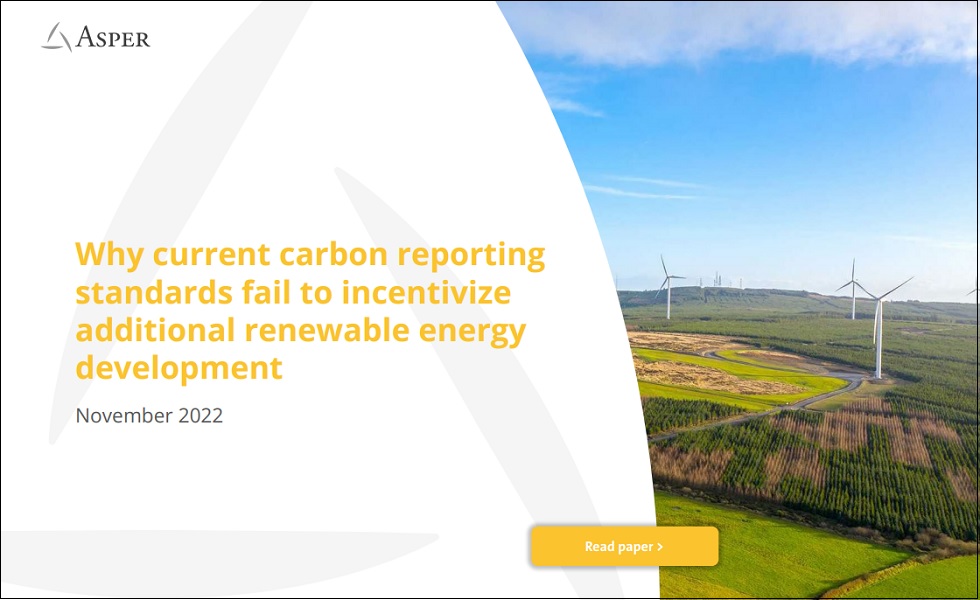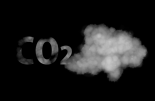Asper: Why current carbon reporting standards fail to incentivize additional renewable energy development
Asper: Why current carbon reporting standards fail to incentivize additional renewable energy development

The purpose of carbon measurement and reporting standards such as the GHG Protocol, SBTi and PCAF is to stimulate businesses to reduce their carbon emissions and combat climate change. These standards are useful tools for companies and investors in their path to decarbonisation.
However, they are not suitable for stimulating the development of new renewable energy capacity because they do not differentiate between investments in new renewable energy plants (“greenfield” stage investments) and existing ones (“brownfield” stage investments).
Under current sustainability metrics, investment in the development and construction of a new wind park has no additional benefit over an investment in an existing wind farm. In fact, greenfield stage investments are being penalised by such metrics, since the generated emissions during the construction phase are counted against them.
In this paper, we propose new metrics for measuring investors’ contribution to the development of additional renewable energy capacity. This will improve transparency and accuracy in assessing their contribution to advancing the energy transition.
Please click on the link below to read the full report:










